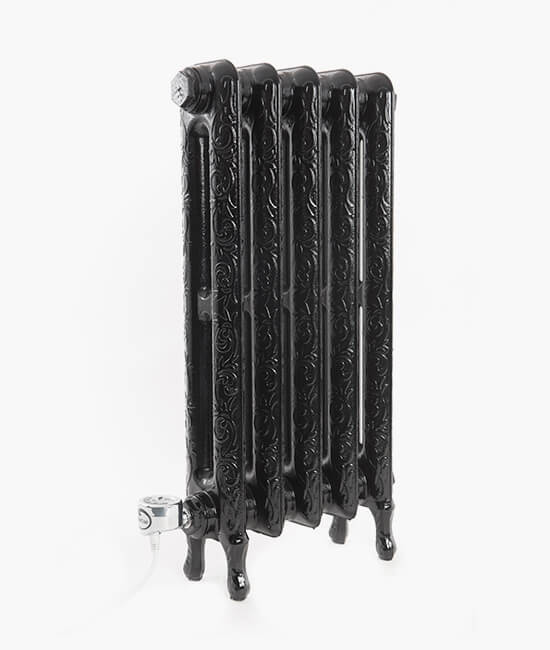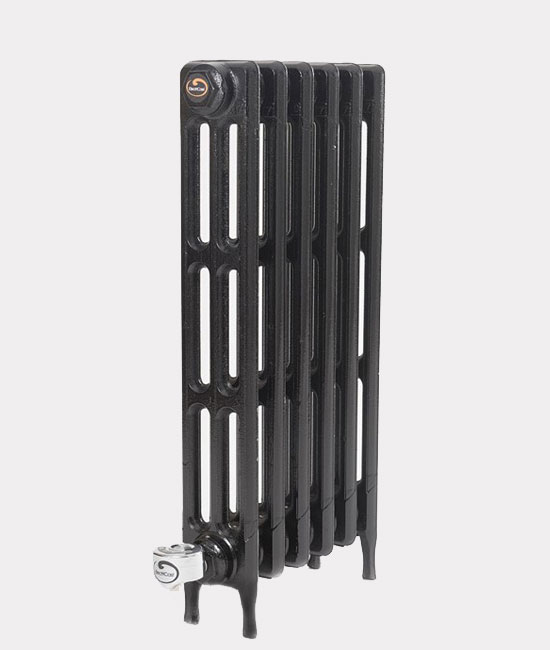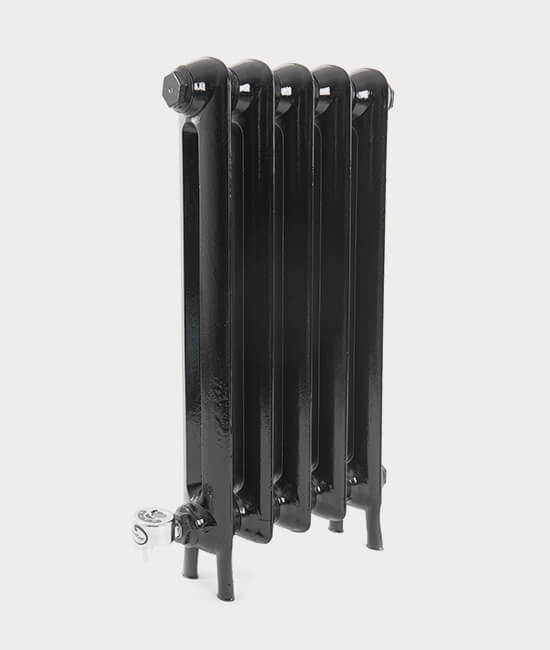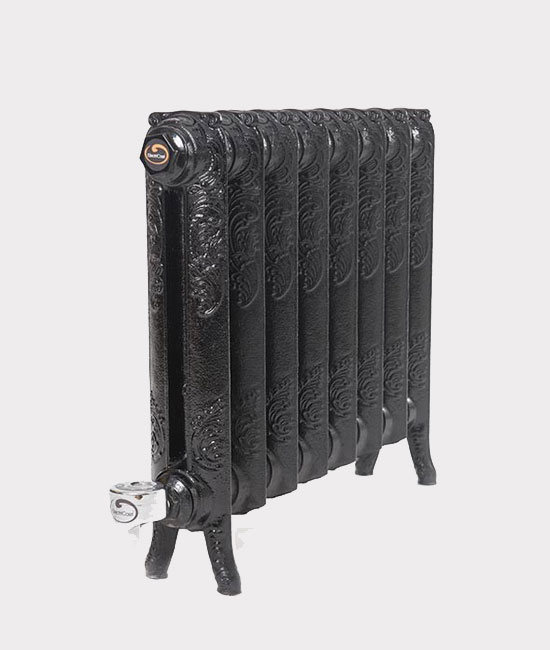No products in the basket.
How Standard Radiators Work
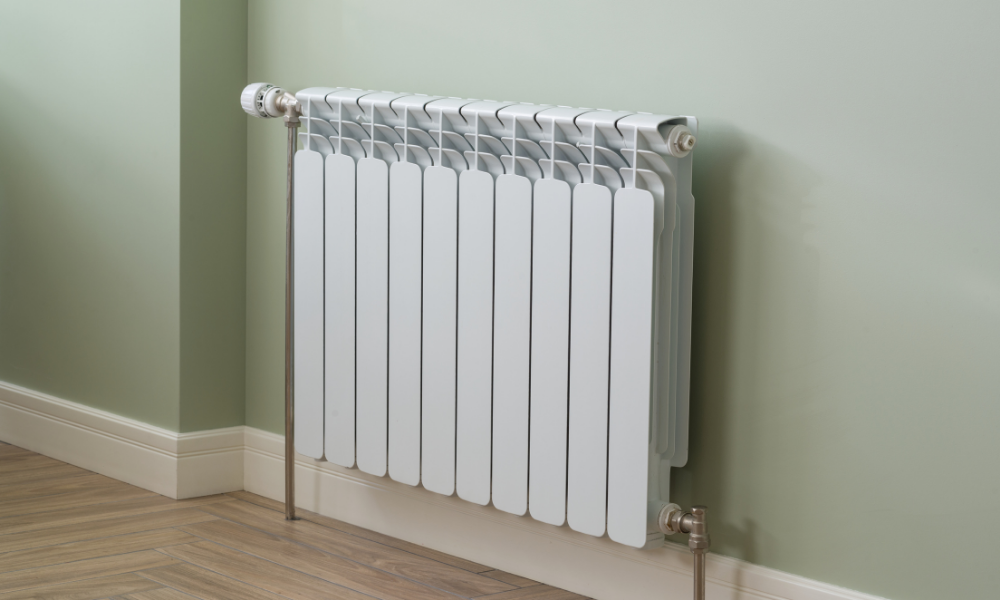
How standard radiators work
Just like Sarahlane iron radiators, traditional water-fed radiators connected to central home heating systems use a process called convection to distribute heat around a room. When the radiator fills with hot water, the air surrounding it heats up. The hot air then circulates the room on the back of currents created by heat convection.
Those traditional radiators are connected to the central system’s boiler via pipes, and hot water flows through them when a thermostat activates the radiator. In most cases, the hot water flows through the radiator and out again to the next radiator in the chain. As it reaches the end of the chain, it begins to cool and makes its way back to the boiler. The boiler then re-heats it, and as long as the thermostat is activated, the process starts anew.
This chain system means the radiator at the beginning is exposed to boiler-heated water at its hottest. In contrast, the radiator at the end of the chain only ever sees the coolest water, just before re-circulating back to the boiler for re-heating. That means a balancing system must be in place to ensure all the radiators can emit roughly the same heat output. Balancing works by controlling the water flow into the chain. At the start of the chain, the radiator gets less hot water while the radiators closest to the end get a bit more.
The balancing process is executed using a lockshield valve and control valve. They restrict or release hot water based on the desired temperature. Hot water enters through the control valve and exits through the lockshield. A third valve, called a bleed valve, allows air to be vented out and lets the radiator fill completely with heated water.
You can read more about how standard radiators compare to Sarahlane iron radiators here
